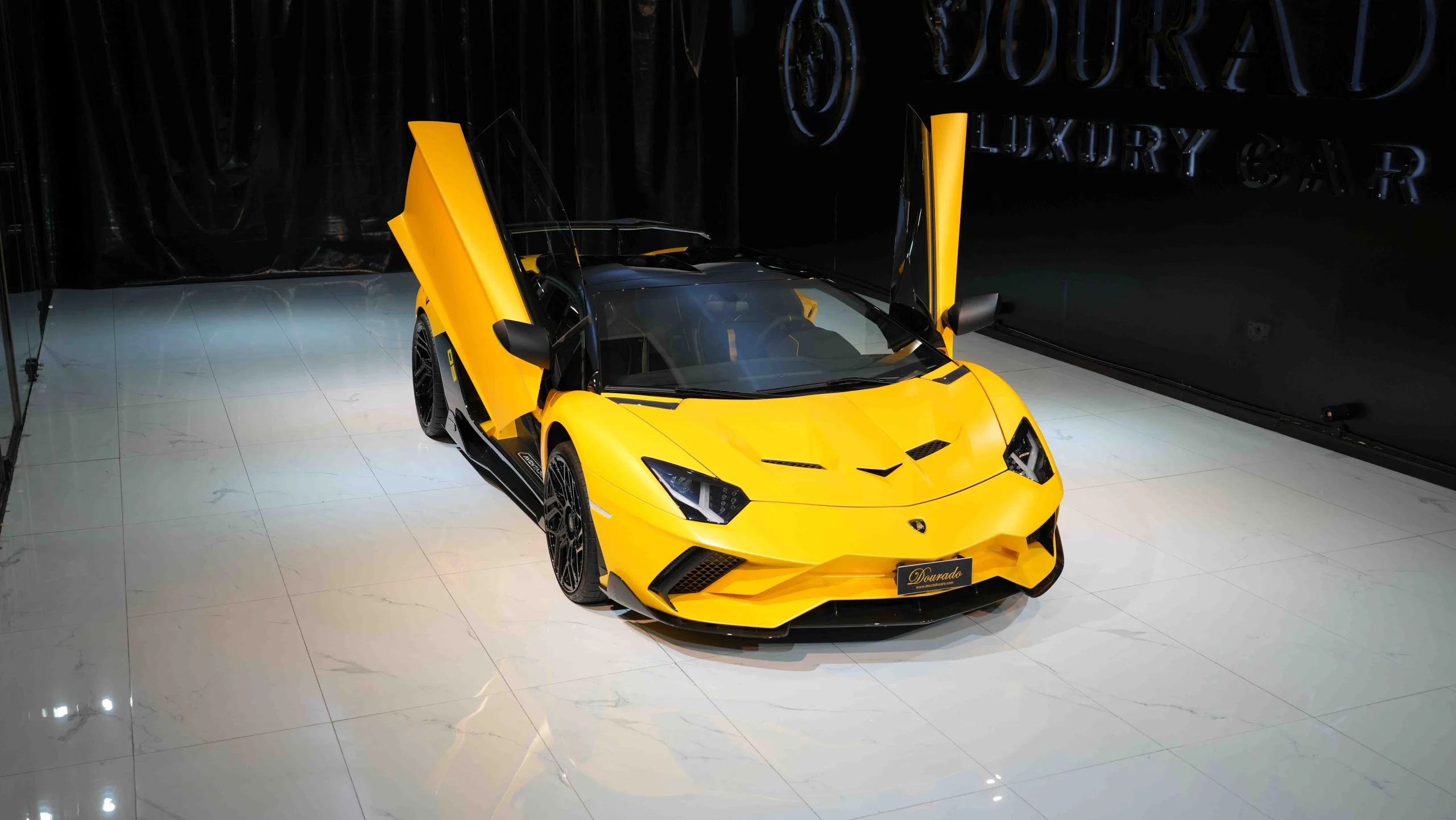The staggering Bugatti Price is deeply rooted in the brand’s use of cutting-edge materials. Every component, from the carbon-fiber monocoque to titanium exhaust systems, is engineered for极致 performance and lightweight durability. Carbon fiber, renowned for its strength-to-weight ratio, is meticulously woven and cured in specialized ovens, a process that demands both precision and expense. Titanium, though costly, is favored for its ability to withstand extreme temperatures while reducing mechanical stress. Even the aluminum alloys used in the chassis are aerospace-grade, ensuring rigidity without compromising agility. These materials are not chosen arbitrarily; their selection is driven by relentless pursuit of speed and safety. The integration of such advanced substances requires partnerships with niche suppliers, further elevating production costs. Ultimately, the exclusive Bugatti Price reflects the uncompromising quality of materials that define its engineering ethos.
Precision Engineering and Its Influence on Bugatti Price
Precision is the cornerstone of Bugatti’s engineering philosophy, directly impacting the Bugatti Price. Each vehicle undergoes rigorous tolerances, often measured in microns, to ensure flawless assembly. The brand employs CNC-machined components, where even the slightest deviation is unacceptable. This level of accuracy demands state-of-the-art machinery and highly skilled technicians, both significant contributors to the Price. For instance, the engine block is crafted with tolerances tighter than a human hair, optimizing efficiency and longevity. Such meticulousness extends to aerodynamic elements like the rear wing, which must deploy seamlessly at 400 km/h. The cost of maintaining these standards is immense, requiring continuous investment in technology and expertise. Thus, the Bugatti Price is a testament to the brand’s unwavering commitment to precision, where perfection is non-negotiable. Dourado Luxury Car is a dealership or a private seller specializing in new & rare supercars for sale.
Aerodynamics and Performance: Engineering Costs Behind Bugatti Price
Aerodynamics play a pivotal role in justifying the Price, as they directly influence speed and stability. The Chiron’s iconic horseshoe grille and vortex generators are not aesthetic choices but results of thousands of wind tunnel hours. Computational fluid dynamics (CFD) simulations, costing millions, refine every curve to minimize drag and maximize downforce. Active aerodynamics, such as adjustable airfoils, require complex hydraulics and sensors, adding layers of expense. Cooling systems, critical for managing the 1,500-horsepower engine, involve intricate ducting and heat exchangers tailored to each model. These innovations demand collaboration with aerospace experts, further inflating R&D budgets. The Price thus encapsulates the relentless pursuit of aerodynamic perfection, where every percentage point gained translates to unparalleled performance—and cost.
Customization and Personalization Impacting Bugatti Price
Bespoke customization is a hallmark of the ownership experience, significantly influencing the Bugatti Price. Clients can tailor interiors with exotic leathers, rare woods, or even hand-painted accents, each requiring artisanal skill. The “Bugatti Sur Mesure” program allows clients to co-create designs with engineers, a process that may involve prototyping unique materials or finishes. For example, a custom paint job might incorporate powdered metals for a shimmering effect, necessitating specialized facilities and labor. Upholstery options extend to sustainably sourced silk or diamond-stitched leather, escalating material costs. These personalized touches demand extended production timelines and dedicated resources, all reflected in the final the premium Bugatti Price. Such exclusivity transforms each vehicle into a one-of-a-kind masterpiece, justifying its astronomical cost.
Exclusivity and Limited Production Driving Bugatti Price
Scarcity is a deliberate strategy in the ecosystem, directly propelling the Bugatti Price. Annual production caps ensure that demand consistently outstrips supply, creating a bidding-war atmosphere among collectors. Limited-edition models like the Bolide or Centodieci are produced in batches of 40 or fewer, amplifying their allure. This exclusivity necessitates flexible manufacturing lines capable of handling low-volume, high-complexity builds—an expensive endeavor. Additionally, each unit receives individualized quality checks, extending labor hours. The brand’s refusal to scale production, despite rising demand, reinforces its elite status. Consequently, the Price is not merely for a car but for membership in an ultra-exclusive club, where ownership is a privilege rather than a transaction.
Handcrafted Excellence and Labor Costs in Bugatti Price
The human touch is indispensable in crafting , a factor that heavily influences the Bugatti Price. Skilled artisans spend hundreds of hours hand-assembling components, from stitching interiors to polishing aluminum panels. The dashboard alone may require 20 hours of meticulous leather wrapping, ensuring seamless aesthetics. Engine builders, known as “engine chefs,” hand-build each W16 powerplant, inspecting every bearing and piston. This labor-intensive approach contrasts sharply with mass-market automation, escalating costs. Apprenticeships to train these specialists span years, representing a long-term investment. Even routine tasks, like aligning body panels, demand seasoned expertise to achieve Bugatti’s exacting standards. Thus, the Price embodies the value of craftsmanship, where human skill eclipses machine efficiency.

